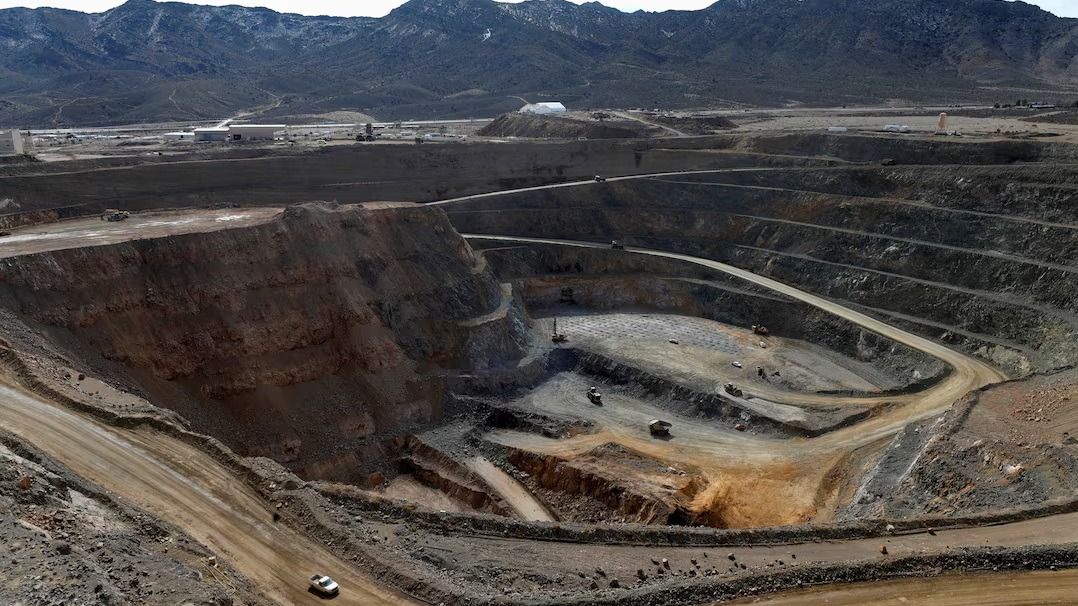
China, the world's dominant supplier of processed rare earth minerals, has significantly tightened its export rules on these critical materials and their associated processing technologies, a move that is poised to send fresh ripples of concern through global manufacturing and defense supply chains. The new restrictions, announced by the Ministry of Commerce, expand on earlier controls and directly target the flow of these strategic resources to foreign defense and advanced semiconductor sectors. Beijing stated the measures are essential to safeguard its national security and interests while fulfilling international nonproliferation obligations, but the timing is widely seen as a major escalation in global technology and trade rivalry.
The core of the new regulations is a strict licensing regime for foreign entities. Specifically, foreign organizations and individuals must now obtain a dual use export license before exporting Chinese origin rare earth products or technologies outside of China. Crucially, the controls have been expanded to cover not just the raw materials and seven key elements previously restricted, but also the technology used in rare earth mining, smelting, processing, and the manufacturing of high performance magnets. Furthermore, the new policy clarifies that licenses are unlikely to be granted to overseas defense users, and applications related to advanced semiconductor manufacturing will face intense, case by case scrutiny, effectively placing a hard limit on exports to these vital sectors. Chinese companies are also prohibited from unauthorized international cooperation on rare earth projects, signaling a comprehensive effort to ring fence this strategic national asset.
The immediate impact has been a new layer of uncertainty and complexity for international companies relying on the approximately 90 percent of the world's refined rare earths and rare earth magnets that originate in China. Industries from electric vehicles and wind turbines to advanced electronics and precision guided weapons rely on these materials. Global manufacturers, particularly in the United States, Japan, and Europe, are bracing for potential supply disruptions, extended lead times, and upward pressure on costs. The mandatory requirement for exporters to provide detailed documentation, including the ultimate consignee's profile and signed end user assurances against military use, may compel some importers to seek alternatives due to commercial sensitivity concerns.
In response to China's increasing use of its rare earth dominance as a geopolitical lever, nations like the US, Australia, and India are accelerating efforts to reduce their dependence on Chinese supplies. Strategies include developing new domestic mining and refining capacity, diversifying supply chains through international partnerships, and exploring material substitution technologies. While these measures offer a long term path to resilience, the immediate challenge lies in navigating the current licensing maze and securing enough supply to maintain current manufacturing output. This latest action from Beijing is a stark reminder of the fragile nature of global supply chains for critical minerals.
The long term outlook suggests a continuing divergence in the global rare earth market, pushing the West toward greater self sufficiency at potentially higher initial costs. China’s move effectively raises the stakes in the competition for technological supremacy and will likely accelerate the decoupling of strategic resource supply chains between China and key Western economies. For now, all eyes are on how strictly the new licensing regime will be enforced and the resultant impact on global manufacturing stability.

